Bulk Pricing
6 Port Managed USB 2.0 Hub w/ 15KV ESD Surge Protection
Industrial Grade | +7~48V DC Input | Surface Mountable | DIN Rail | 480 Mbps | Screw Lock
- Advanced Protection: The 6-port USB 2.0 hub protects your device with advanced ESD protection. Built-in 15kV ESD surge protection offers you security and assurance that your connected devices will be protected.
- High Speeds: This USB hub is 2.0 compliant, ensuring fast 480Mbps data transfer speeds. It supports high speed and full speed which enables it to be compatible with USB 1.1.
- Port Management Software: Control each individual ports’ status, turn bus power on/off, and even reset the entire hub through the hub’s management software which supports Windows, Mac, and Linux operating systems
- Upstream: 1 USB port, Type B connector, Screw-lock type
- Downstream: 6 USB ports, Type A connectors, Screw-lock type
- LED Indicators: 6 LEDs for each downstream port to indicate the current bus
- Mounting Options: Wall, Surface, and DIN Rail
- Supply Current: 500mA max. per channel
Product Documentation
Drivers & Software
Quick Links:
Description
Introducing the 6-Port Managed USB 2.0 Hub w/ 15KV ESD Surge Protection
The CG-6PU2MGD 6-Port Managed USB Hub is a robust and efficient solution for industrial applications requiring precise USB port management and reliable performance. Designed for use in demanding environments, this hub expands your system with six USB 2.0 ports while ensuring exceptional compatibility with all USB 2.0, 1.1, and 1.0 devices. It features a wide input power range (+7~48V DC) and includes powerful management software that allows users to control individual ports, power settings, and reset the entire hub when necessary. The CG-6PU2MGD is the ideal choice for engineers and system integrators seeking flexible, scalable, and secure USB connectivity.
Key Features and Benefits
- Individual Port Control: Manage each USB port independently with included software, allowing you to power on/off and reset specific ports as needed.
- 15KV ESD Surge Protection: Protects each port against electrostatic discharge and electrical surges, ensuring the safety and longevity of connected devices in harsh industrial settings.
- Wide Input Power Range: Accepts 7-48V DC, making it adaptable to a variety of power sources commonly found in industrial applications.
- High-Speed Data Transfer: Supports USB 2.0 with transfer rates of up to 480Mbps, while maintaining backward compatibility with USB 1.1 and 1.0 devices.
- Persistent Power State Management: Save power settings to the hub’s memory for consistent power behavior upon system restart or power cycle.
- Durable Metal Enclosure: Industrial-grade, rugged metal housing, DIN-rail, and wall-mountable for secure and flexible installation.
- Cross-Platform Software: Compatible with Windows, x86-64 Linux, and ARM-based Linux systems, offering versatile management across multiple operating environments.
- Reduce On-Site Support: Remotely reset connected peripherals in situations like Point-of-Sale kiosks to avoid the need for on-site technician visits.
Managing Software
The CG-6PU2MGD software package contains several managing software utilities that support different platforms allowing better control over each individual ports’ status. A GUI (Graphical User Interface) and console command prompt utilities for all major Microsoft Windows. It also includes utilities for different Linux versions. The utilities were written to easily operate with the applications software written with different languages such as C#, C++, VB, Python or even a PHP server scripting language.
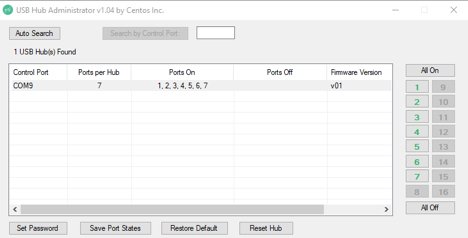
Image: Port managing software displaying the On/Off status of each port.
Package Contents
- 6 Port Managed USB 2.0 Hub
- 5ft. USB-A to Screw Lock USB-B Cable
- 2-Pin Terminal Block
- DIN Rail Clips
- Screw Pack
*Surface Mounting screws not included.
Use Cases
Use Cases:
Manufacturing & Industrial Control
- Peripheral Management: Control critical factory devices such as sensors, robotics, and cameras, ensuring smooth operation and reducing system downtime through remote power cycling.
- Automated System Reboot: Remotely reset malfunctioning equipment connected via USB, minimizing the need for physical maintenance and keeping production lines running efficiently.
Retail & Digital Signage
- Remote Monitoring & Management: Manage connected peripherals in point-of-sale systems, digital signage, and interactive kiosks, providing remote control over devices like receipt printers and card readers for uninterrupted service.
- Energy Optimization: Automatically power down non-essential peripherals during off-peak hours to extend device lifespan and save energy.
R&D and Testing Labs
- Device Isolation & Testing: Perfect for testing and managing multiple prototypes or lab devices, allowing independent control of each USB port for more efficient device testing without interference.
- Configuration Management: Maintain device configurations between power cycles, ensuring test setups are consistent without needing manual resets.
Medical Equipment Management
- Device Control in Healthcare Settings: Manage medical peripherals such as diagnostic tools, patient monitoring devices, and printers, allowing for secure, remote power cycling and reduced downtime.
- Data Security & Reliability: The hub’s surge protection and reliable power state management make it ideal for mission-critical healthcare environments where device stability is paramount.
Product Video
Product Video
Specifications
Product Specifications
| Power |
| ||||||||||||||
|---|---|---|---|---|---|---|---|---|---|---|---|---|---|---|---|
| Compliance |
| ||||||||||||||
| Physical Characteristics |
| ||||||||||||||
| What's in the Box |
| ||||||||||||||
| Software |
| ||||||||||||||
| Environmental |
| ||||||||||||||
| Product Information |
| ||||||||||||||
| Hardware |
| ||||||||||||||
| Performance & Safety |
| ||||||||||||||
| Other Data |
|
Support
Product Documentation & Drivers
Product Documentation
Drivers & Software
Need drawings, CAD files, or other compliance documentation? Click HERE
Relevant Articles & F.A.Q.
Relevant Articles
Product F.A.Q.
View frequently asked product questions below. Still need help? Reach out!
-
Can the hub be used without a power supply?
View AnswerIn some cases, yes. USB peripherals that only require low power (i.e. keyboards & mice) can be used without a power adapter. Power in this case is drawn from the host’s USB port.
When high-power USB peripherals are used, a power supply for the USB hub may be required. In other cases, the USB peripheral may require their own power adapters, in this case, a power supply for the hub may not be required. Without ample power though, the USB hub or connected peripherals may not operate correctly. It is recommended to use an included power supply when possible.
-
After waking up from sleep mode, my computer/host no longer recognizes my USB device.
View AnswerIf the USB device does not function properly after your computer or host has been in sleep mode, it is likely that Windows turned off the USB Root hub in order to save power.
To prevent this, follow the steps below (depending on your operating system).
Windows 10 / 8
- On your keyboard, press the Windows key + X and select Control Panel.
- Click Hardware and Sound, then click Power Options.
- Click Change plan settings for the plan you want to change.
- Click Change advanced power settings.
- Click the plus sign (+) next to “USB settings” and “USB selective suspend setting” to expand the options and change the setting to Disabled.
- Click OK to apply the setting.
Note: You may need to disconnect and re-connect your USB device after applying these settings.
Windows 7 / Vista
- Click the Start button and select Control Panel.
- Click Hardware and Sound, then click Power Options.
- Click Change plan settings for the plan you want to change.
- Click Change advanced power settings.
- Click the plus sign (+) next to “USB settings” and “USB selective suspend setting” to expand the options and change the setting to Disabled.
- Click OK to apply the setting.
Note: You may need to disconnect and re-connect your USB device after applying these settings.
Windows XP
- On your desktop, right-click the My Computer icon and select Properties.
- Click the Device Manager tab.
- Expand Universal Serial Bus controllers by clicking the arrow to the left of it.
- Right-click the first USB Root Hub device and select Properties.
- Click the Power Management tab.
- Clear the box next to Allow the computer to turn off this device to save power.
- Click OK to apply the setting.
- Repeat steps 4-7 for any remaining devices in the Universal Serial Bus Controllers section with “Root Hub” in the name.
Note: You may need to disconnect and re-connect your USB device after applying these settings.
-
The hub is properly hooked up, but is not functioning correctly. What can I do?
View AnswerTesting all setup components is the best place to begin troubleshooting. To determine the source of the issue, individually test your:
- USB Cable by using it in another setup, or trying another cable.
- Host USB Port by connecting another device or thumb drive.
- Connected Peripherals by connecting directly to the host.
Moving on to troubleshooting the hub itself. Attach a USB peripheral. The USB hub itself will not appear in hardware listings on your host’s system. USB devices connected however, will appear when connected. If the connected device is still not being found, try:
- Installing the required drivers for the USB peripheral.
- Install the most recent drivers for the USB controller and/or motherboard chipset.
USB hubs do not require drivers or software.
Troubleshooting the desired USB peripheral may be in order. If the peripheral is still not being recognized, attempt:
- Attaching external power to the peripheral, if required.
- Confirming if the peripheral functions on a standard USB port.
- Testing if basic USB peripherals work, such as keyboards or mice.
-
How can external power be connected to the industrial USB hub?
External power is supplied by connecting to the terminal block located on the hub. For when an external power adapter is required check out the Accessories & Replacement Parts section on this product page. To view all of our hub accessories and power supplies, visit the category here.
How to properly choose a power supply.To determine the power requirements, the equation to use is P = 5 * I * N, where:
P is the power wattage.
5 is the USB port voltage.
I is the current of the USB port in Amps (USB 2.0 is 0.5A, USB 3.0 is 0.9A.
N is the number of USB ports.
As an example using the equation, a 4 port hub would reflect a minimum wattage of 18 watts.
Knowing the minimum requirement, a proper power adapter can be chosen. In this case the voltage of a power supply should be within 7 to 24 or 7 to 40 Volts DC, depending on the specifications of the USB hub. Also, the power supply must convert AC to DC (no AC output).
Power supplies often come with a voltage (V) rating and an amperage (A) rating. To determine the current in amps, use I = P / V, where the following is true:
I is the current of the power supply.
P is the calculated power of the hub.
V is the chosen voltage of the power supply
Continuing the example, the 4 port hub requires 18 W and the power supply you choose is 12V, the current of the power supply would be I = 18/12, I = 1.5A.
Our full collection of power adapters can be found here.

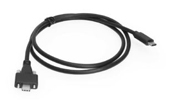

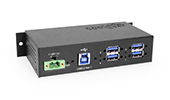
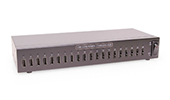
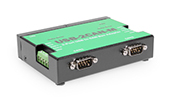
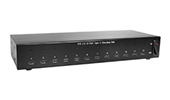

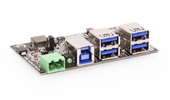
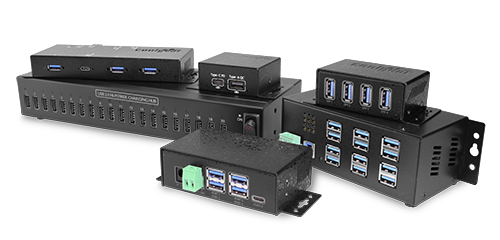
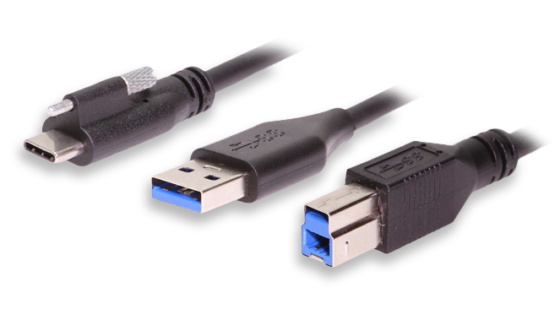
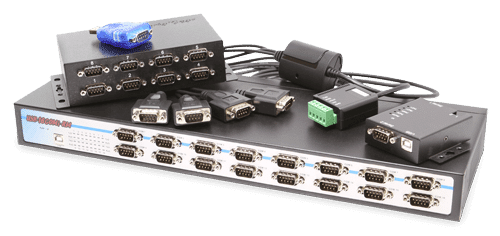
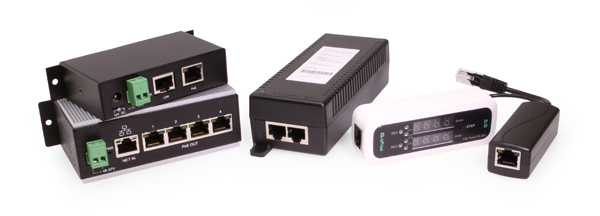
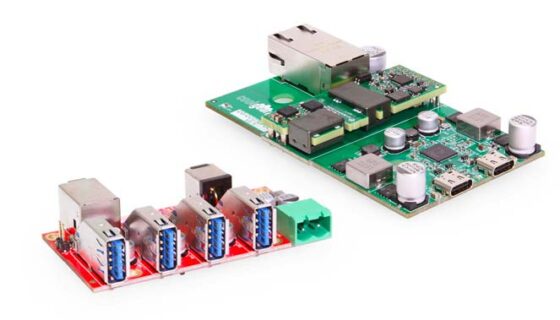







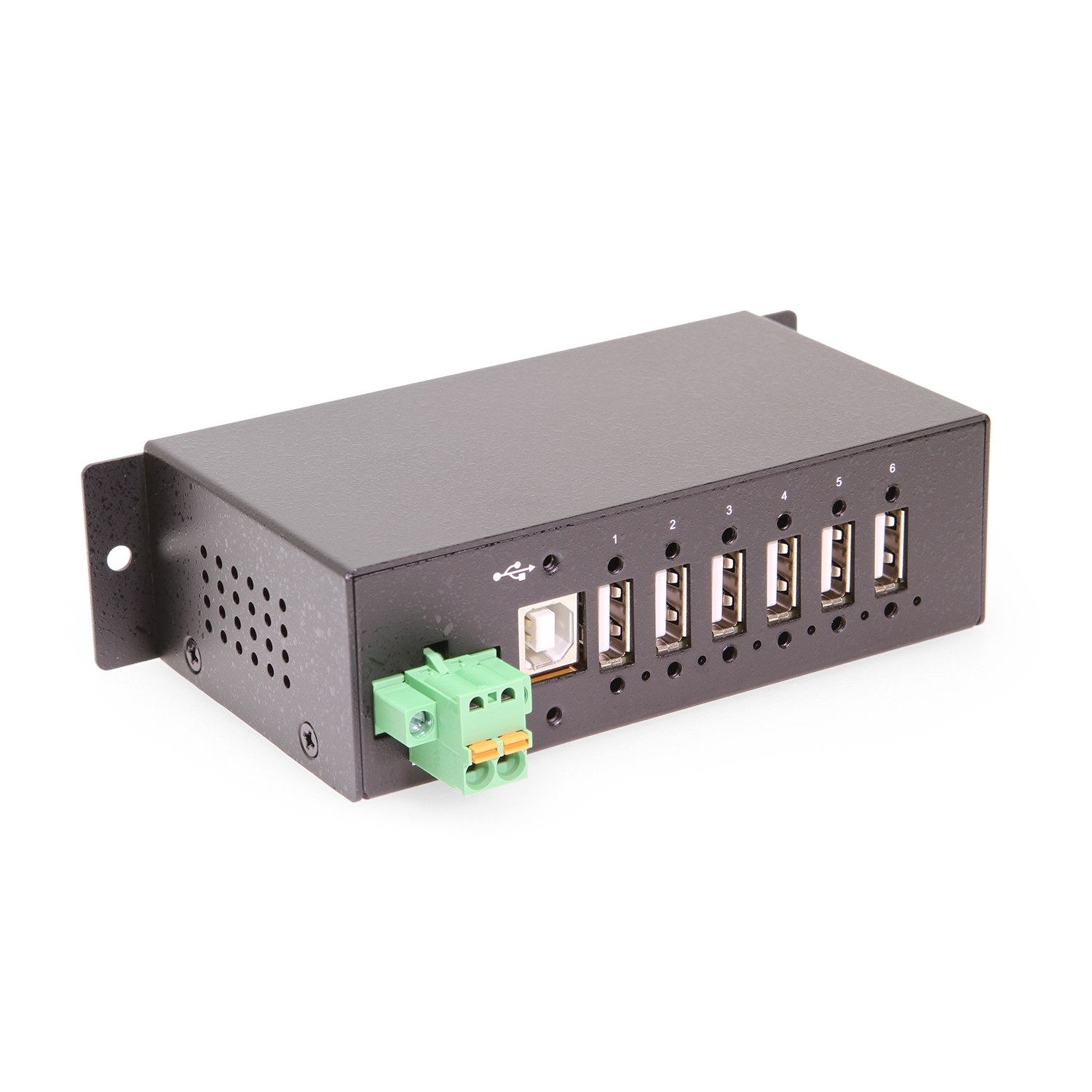
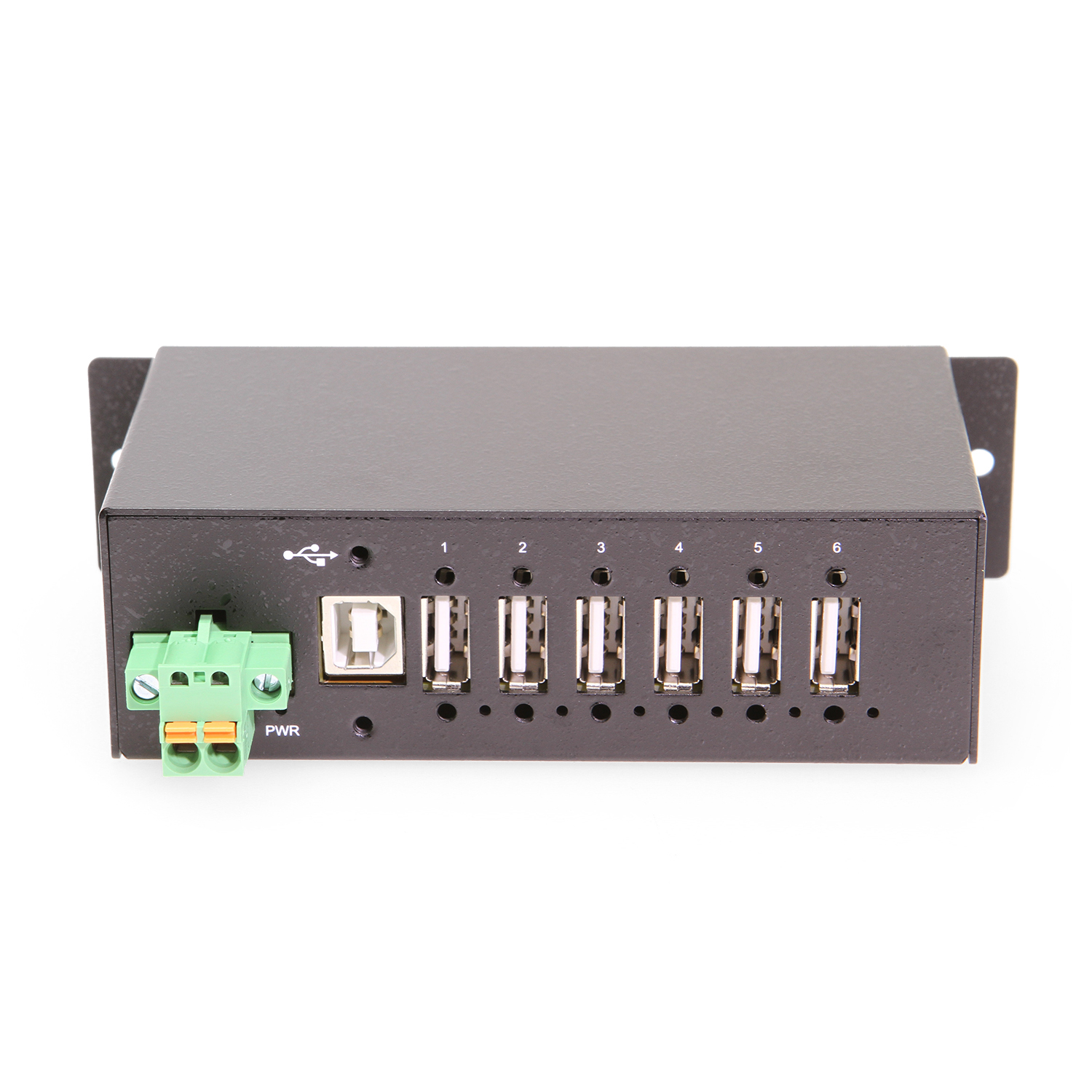
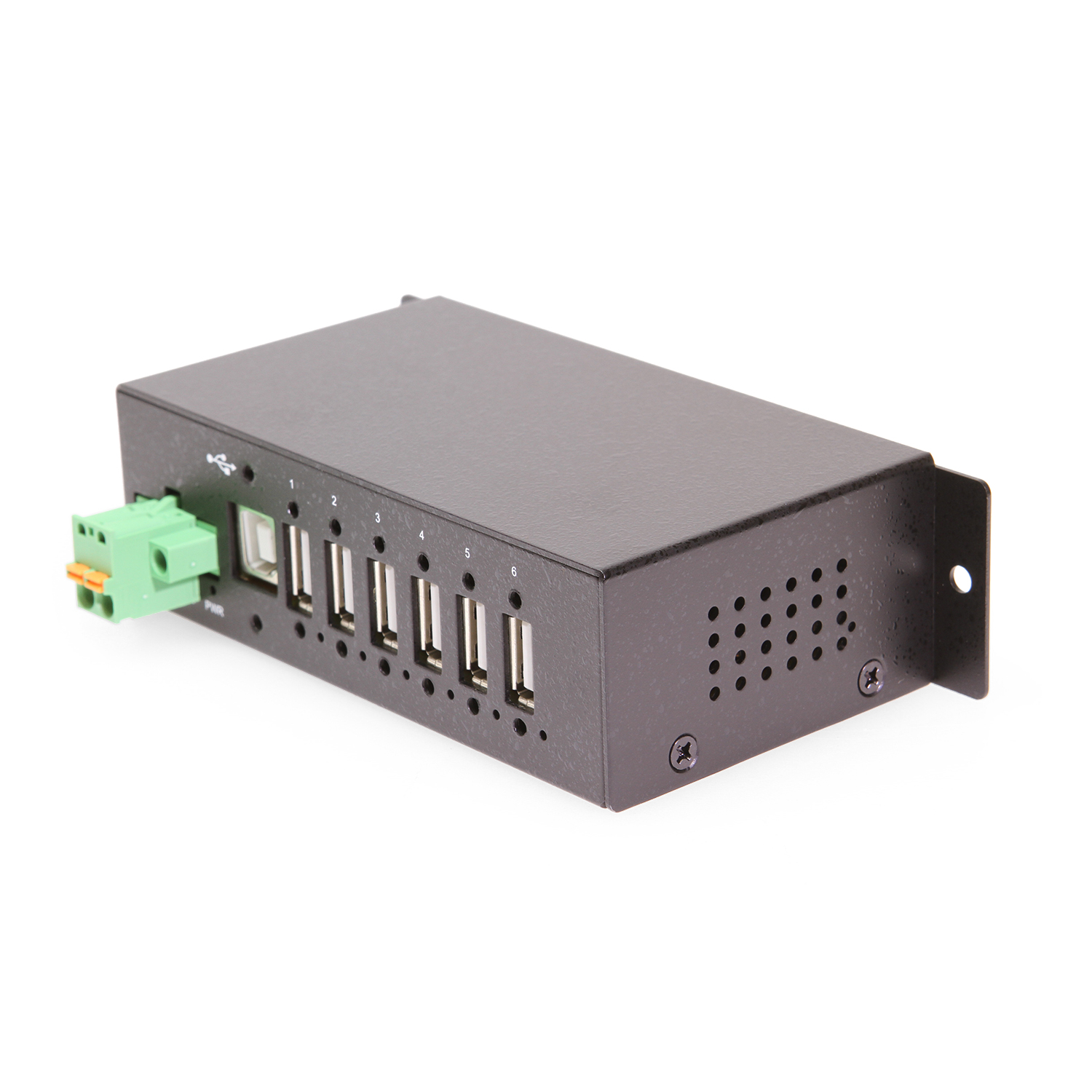
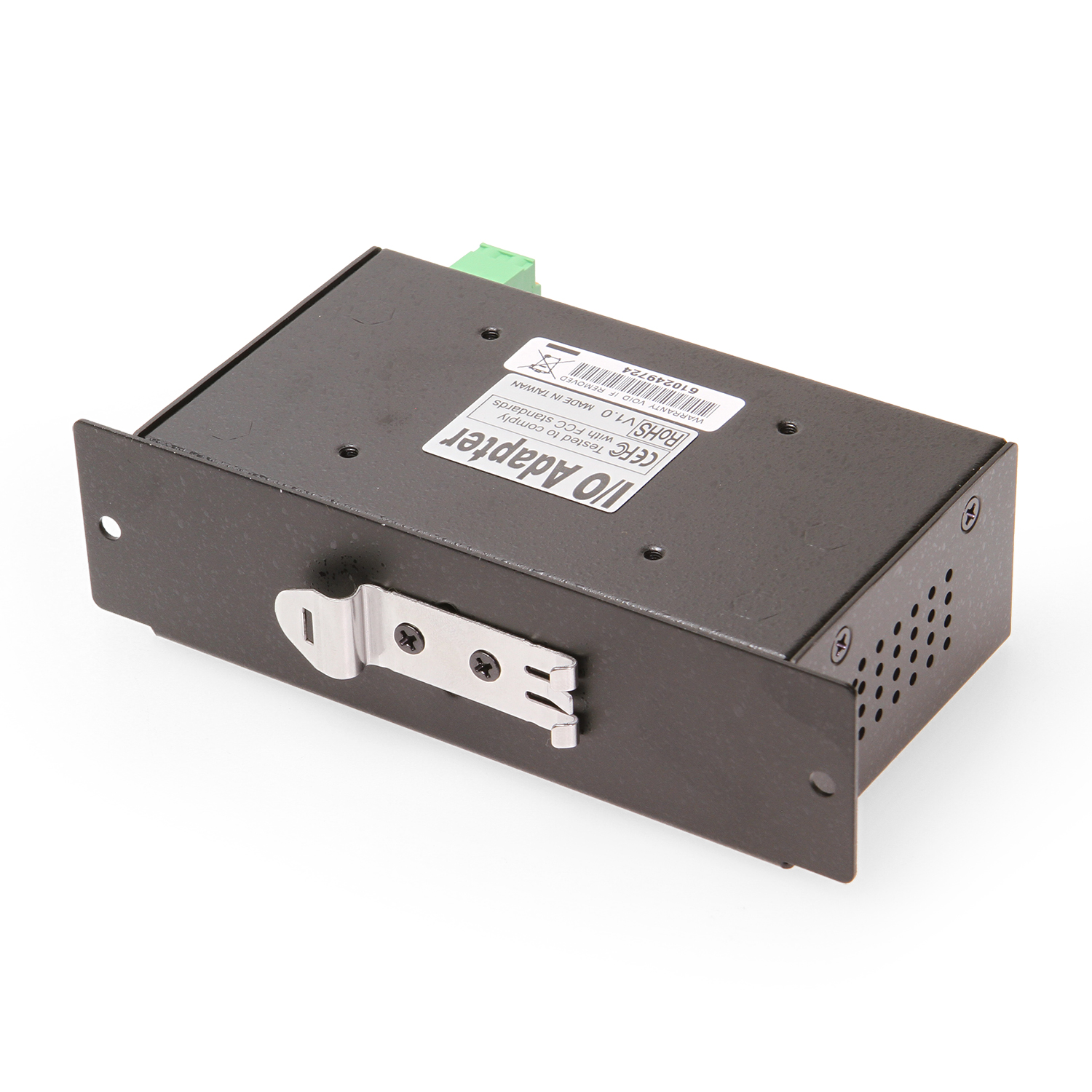
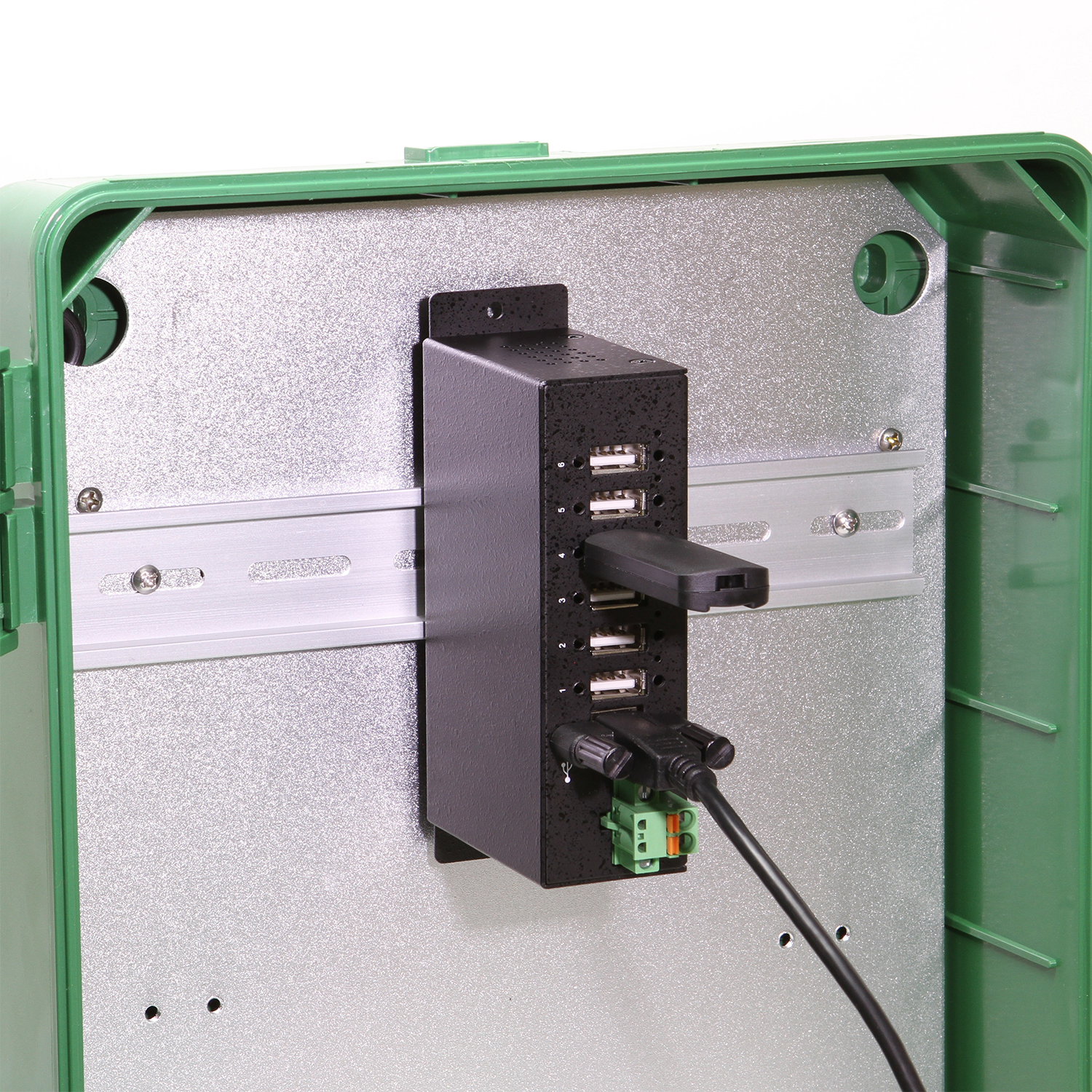
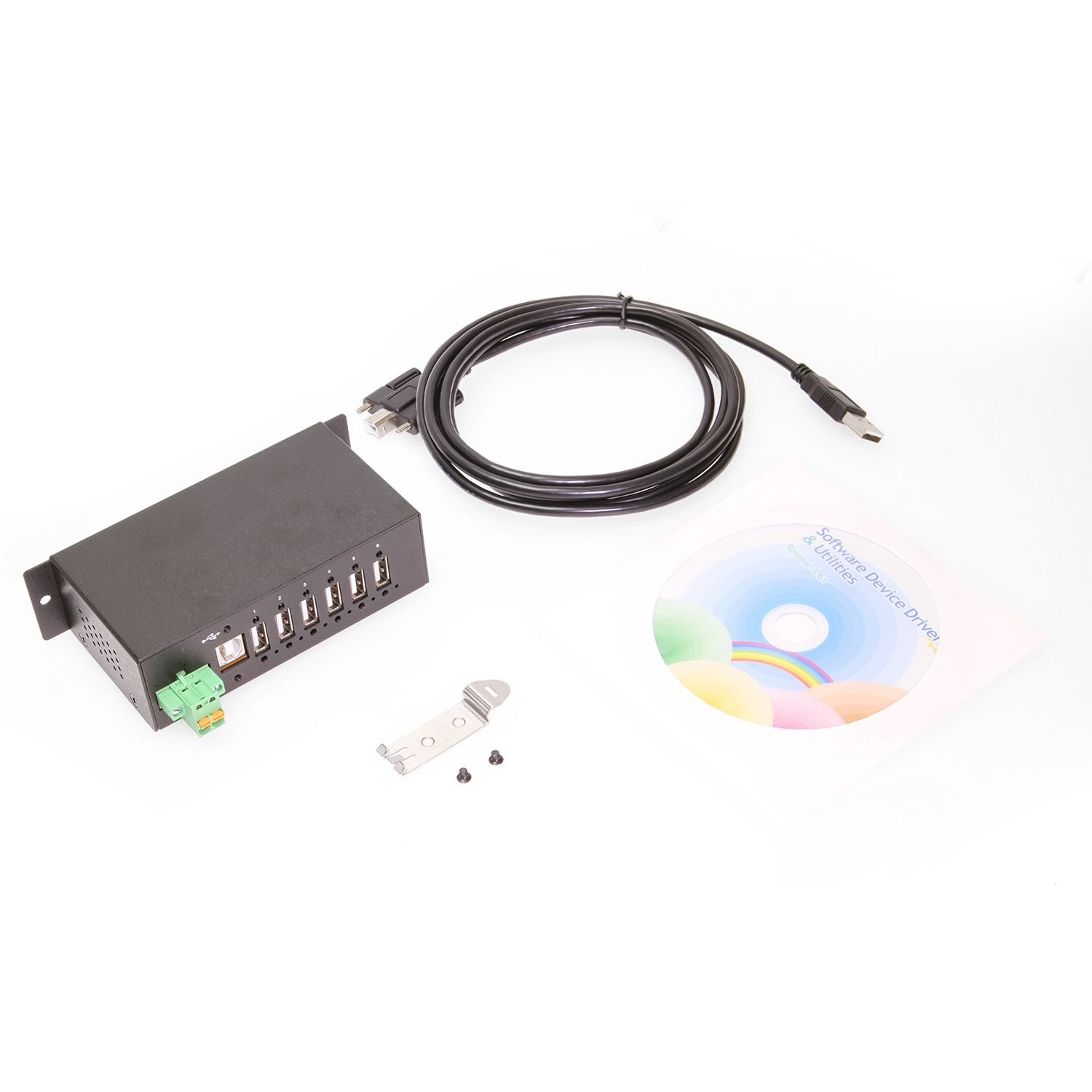
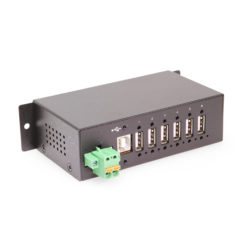
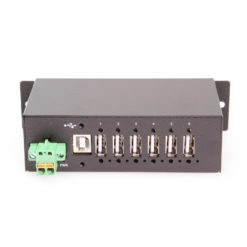
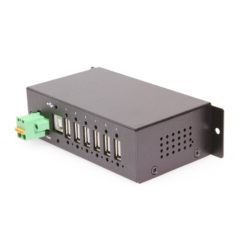
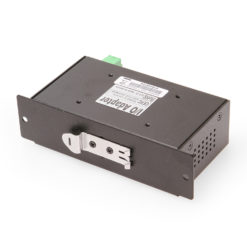
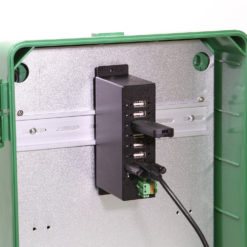
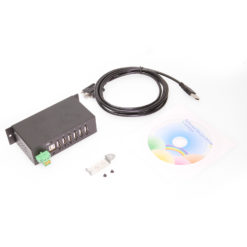




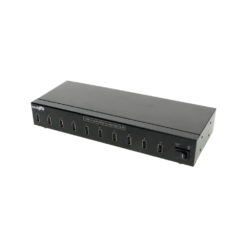
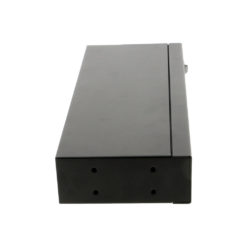
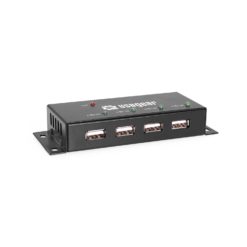
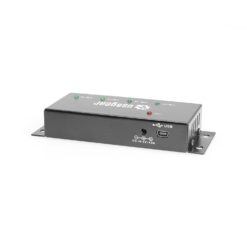
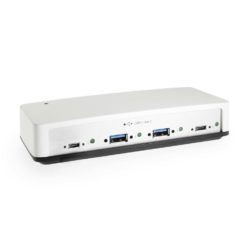
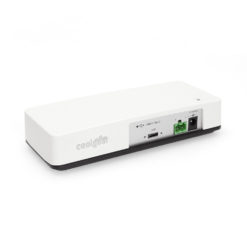
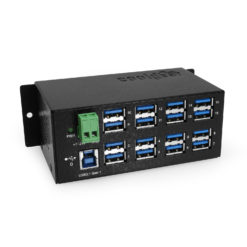
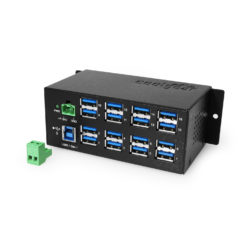
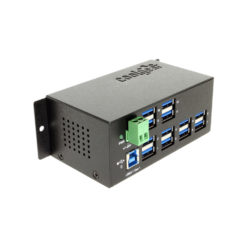
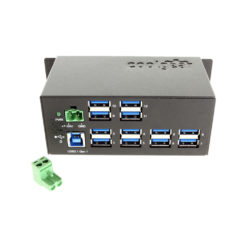
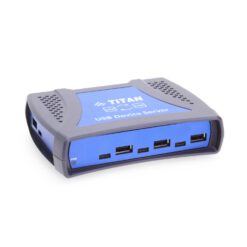
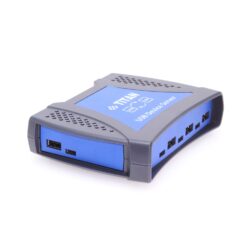
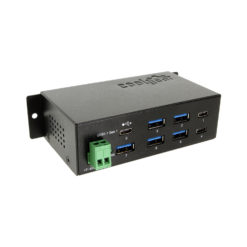
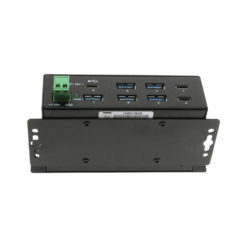
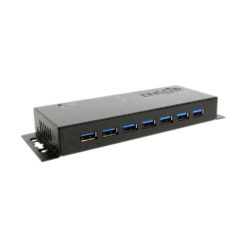
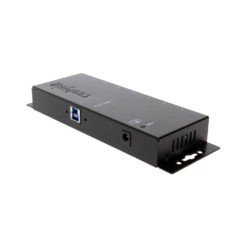
Reviews
There are no reviews yet.